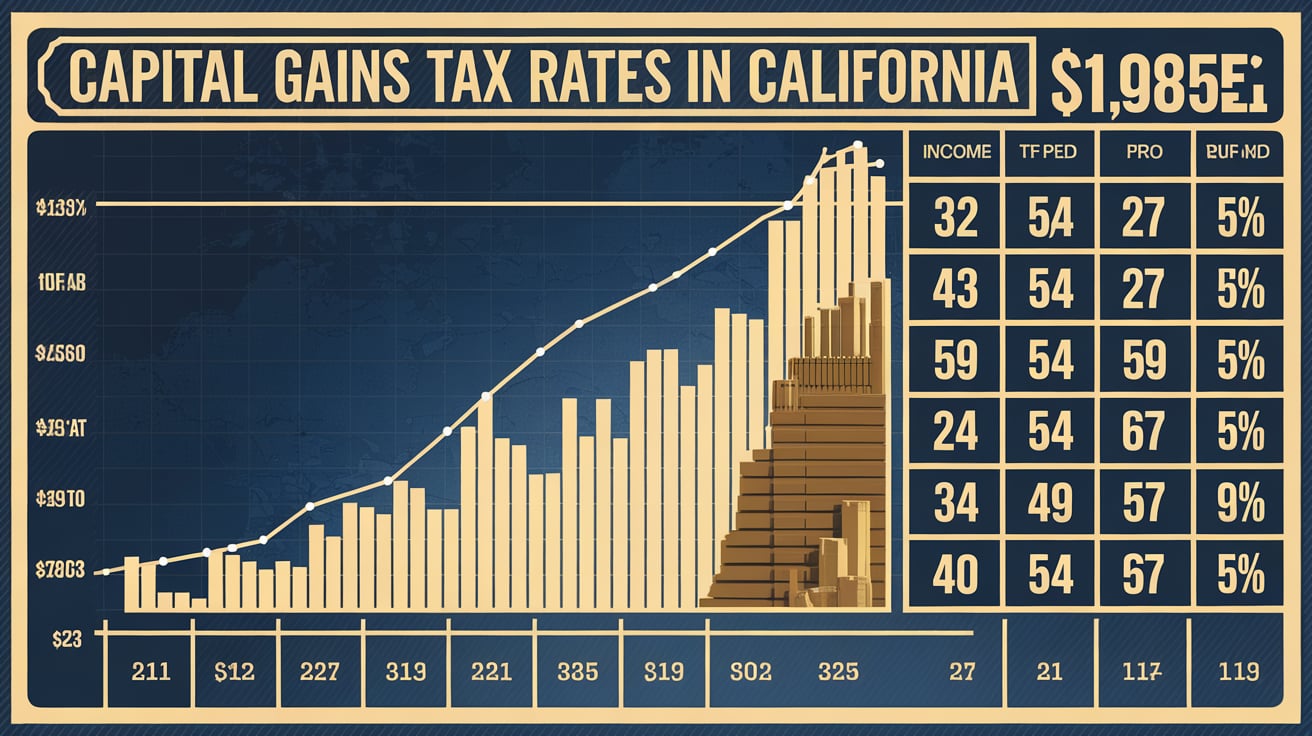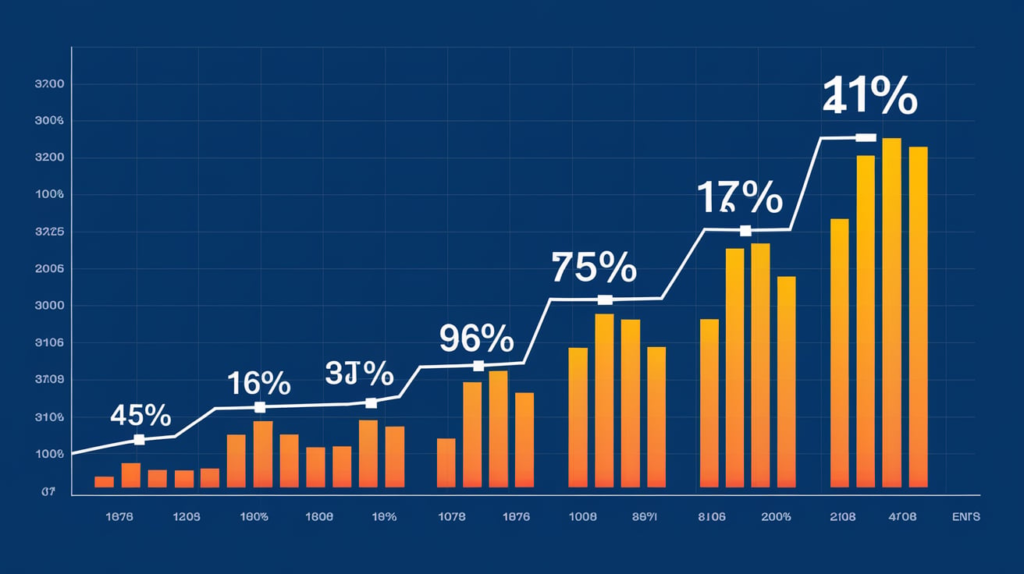Physical Address
304 North Cardinal St.
Dorchester Center, MA 02124
Physical Address
304 North Cardinal St.
Dorchester Center, MA 02124


Investing in real estate, stocks, or other assets can be an effective way to build wealth. However, when it comes time to sell these investments, one major consideration is how much tax you’ll owe on the profit you make. This is where the concept of capital gains tax comes into play. In California, the tax rate on capital gains is a critical factor that every investor should understand.
In this comprehensive guide, we’ll explore the California capital gains tax rate in-depth, explain how it works, and offer insights on how to manage these taxes effectively. Additionally, we’ll discuss strategies to avoid capital gains taxes, whether stocks are taxed differently, the taxation of rental properties, and how California’s overall tax structure impacts your gains.

California has a unique tax structure when it comes to capital gains taxes. Unlike some states that have separate tax rates for capital gains, California treats capital gains as ordinary income. This means that the state’s capital gains tax rate is the same as its income tax rate, which can be significantly higher than the federal rate.
As of 2024, California’s income tax rates range from 1% to 13.3%, depending on your taxable income. The capital gains tax is taxed at the same rates, which means the tax rate on your capital gains could be as high as 13.3% for individuals in the highest tax bracket.
Here’s a breakdown of California’s income tax brackets, which also apply to capital gains taxes:
This means that your capital gains tax rate in California could be as high as 13.3% depending on your income. This is particularly important for high earners who have significant capital gains, as the tax burden can be substantial.
Capital gains taxes in California are the taxes levied on the profit you make from selling an asset, such as stocks, real estate, or bonds. When you sell an asset for more than you purchased it, the difference is considered a capital gain, and it’s subject to taxation. Unlike some states, California does not have a preferential tax rate for long-term capital gains.
In California, the tax treatment of capital gains is the same as regular income, meaning your capital gains are taxed at the same rates as wages, salaries, and other forms of income.
Capital gains can be classified into two categories: short-term and long-term. In California, the distinction between these two types of capital gains doesn’t affect the tax rate, unlike in some other states or at the federal level.
California’s approach to capital gains taxes is relatively straightforward but can be a burden for those in higher income brackets. Since the tax rate on capital gains is the same as the state’s income tax rate, it’s essential for investors to plan their asset sales carefully to minimize their tax liability.
At the federal level, capital gains tax rates are typically lower than ordinary income tax rates. The IRS taxes long-term capital gains at rates of 0%, 15%, or 20% depending on your taxable income. However, California does not follow this federal structure. What is California’s capital gains tax rate? It aligns capital gains with ordinary income, meaning that even long-term gains can be taxed at a rate as high as 13.3% in the state’s highest tax bracket.
This significant difference between federal and state rates can lead to a higher overall tax burden for California residents. Therefore, investors must factor both federal and state taxes when calculating the total tax on their capital gains.
The federal capital gains tax rate is generally more favorable than California’s. For long-term capital gains (assets held for over a year), the federal government applies a tax rate of 0%, 15%, or 20% depending on your income. The highest rate of 20% applies to individuals with taxable income exceeding certain thresholds.
Short-term capital gains (assets held for one year or less) are taxed as ordinary income at federal tax rates, which range from 10% to 37% depending on your taxable income.
While California taxes both short-term and long-term gains as ordinary income, the federal tax system provides some relief for long-term investments by offering lower rates.
California’s overall tax picture is one of the highest in the nation. In addition to the high capital gains tax rate, the state also has one of the highest income tax rates, which applies to both regular income and capital gains. Furthermore, California also imposes state-level sales taxes, property taxes, and other levies that can add to the tax burden.
The capital gains tax rate in California is just one piece of the puzzle, and for residents, it’s important to consider how other taxes (such as sales and property taxes) can impact overall financial planning.
While you can’t entirely avoid paying capital gains taxes in California, there are several strategies that can help reduce your liability. Here are some common ways to lower the amount you owe:
Stocks are generally treated the same as other investments when it comes to capital gains taxation in California. If you sell stocks for a profit, the capital gains tax rate is applied based on your income level, and the holding period (short-term or long-term) doesn’t alter the tax rate in California.
However, the way stocks are taxed at the federal level can differ, with long-term capital gains benefiting from lower tax rates.
Rental properties are subject to capital gains taxes when sold for a profit. However, the tax treatment of rental properties can be complex. California treats gains from the sale of rental properties the same as other capital gains, taxing them at ordinary income tax rates.
Additionally, rental property owners may be able to depreciate the property, which could reduce taxable income during the ownership period. However, this depreciation is “recaptured” upon sale, leading to potential tax obligations.
The calculation of capital gains tax in California is straightforward: the gain (or profit) from the sale of an asset is included in your taxable income, and it is taxed at the same rate as your other income. For example, if you sell a stock for a $10,000 profit and your taxable income places you in the 9.3% income tax bracket, your
capital gains tax on that profit would be $930.
By understanding what is the tax rate on capital gains in California, you can make more informed decisions about your investments and how to manage your tax obligations effectively. It’s always a good idea to consult with a tax professional to ensure you’re maximizing tax savings and minimizing liabilities.